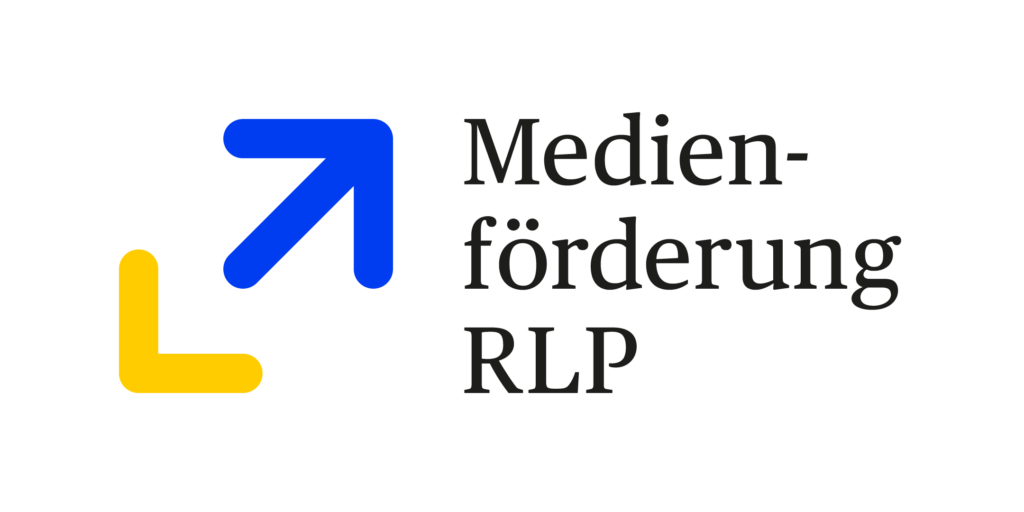Natural dyeing worldwide
Dyes from nature, obtained from roots, leaves or lice, are convincing in their diversity and harmony. But the knowledge of this is in danger of being lost. We have become used to textiles being offered in every conceivable shade of colour. But we seldom think about how they are produced and the environmental impact that goes with it. Chemistry knows how to produce more and more colours synthetically, at low prices and with almost unlimited availability. Natural dyeing, on the other hand, which is thousands of years old, is time-consuming and requires a lot of patience and experience. But there are people who successfully strive to apply and further develop the old techniques, with convincing results. If you study them with interest, your respect for nature grows and thoughts arise about how we deal with limited resources. The topic of sustainability is on many people’s minds, and with these two films we take another look at it.
The Films
DOBAG in Turkey
“Nature’s color pot” is the title of the film about the revival of natural dyeing in 25 villages in western Turkey. From 1981 onwards, Dr Harald Böhmer researched how dyeing used to be done there, he tried out the old recipes and researched the dyes in antique carpets. He then passed on the newly gained knowledge to the local people in many dyeing courses. DOBAG is a project of the Marmara University in Istanbul and like a lable of quality. With the sheep’s wool dyed according to the old tradition, the women weave carpets that find lovers all over the world.
Most of the plants for dyeing are found locally. Chamomile for yellow grows around the villages in spring. Madder, an inconspicuous herb whose dried and ground roots provide a dye for red, is again grown in the gardens, as is dyer’s weed, whose leaves and stems are suitable for dyeing yellow. The women dye blue with indigo powder, one of the oldest dyes.
Unfortunately, the project was terminated in 2019 and the old knowledge is now in danger of being lost again.
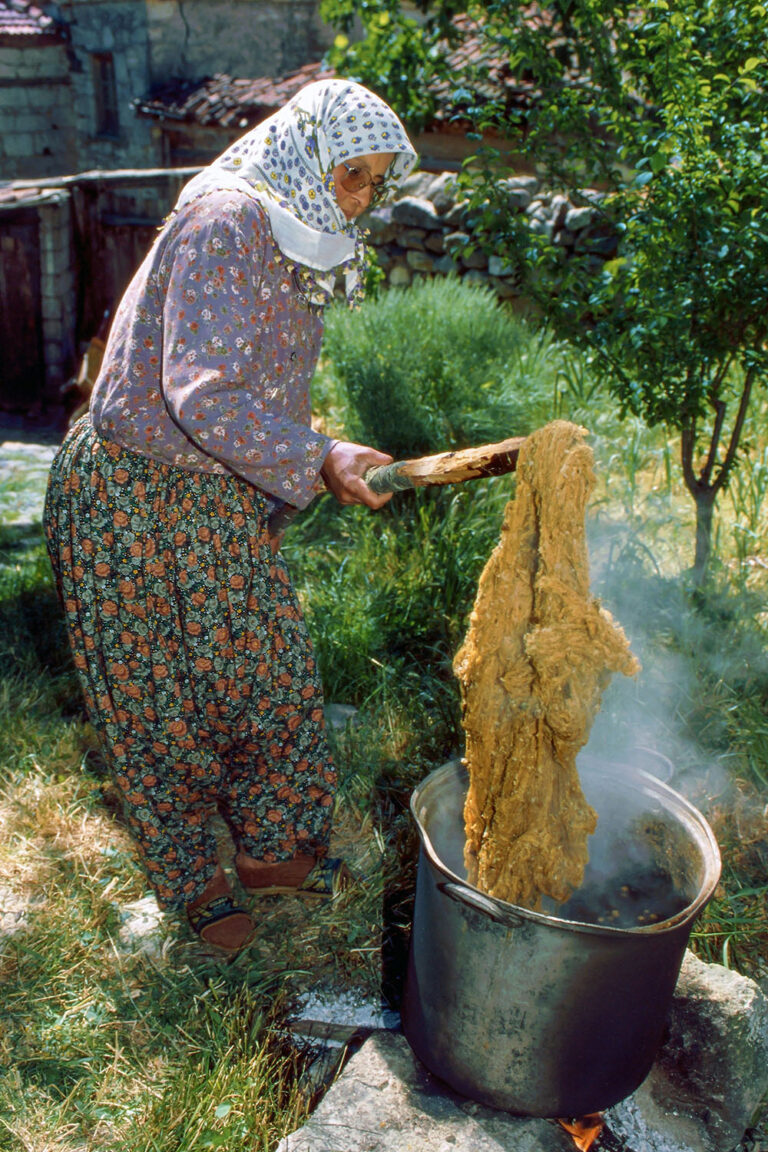
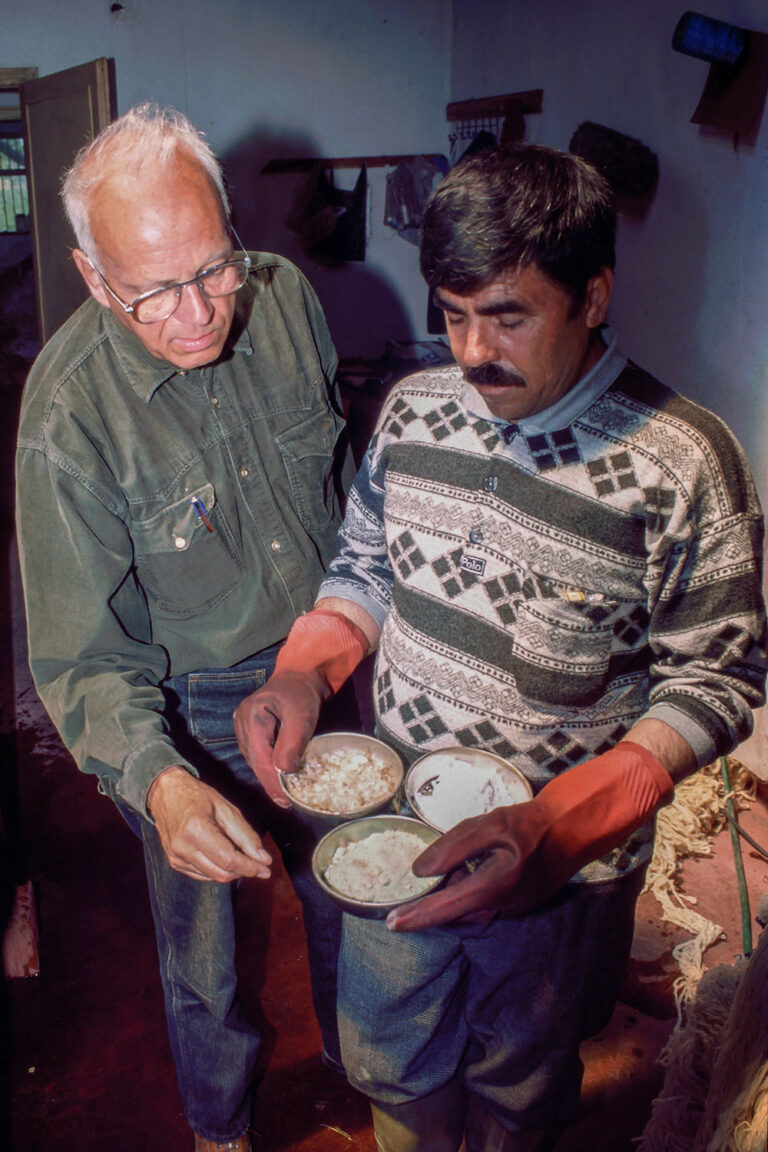
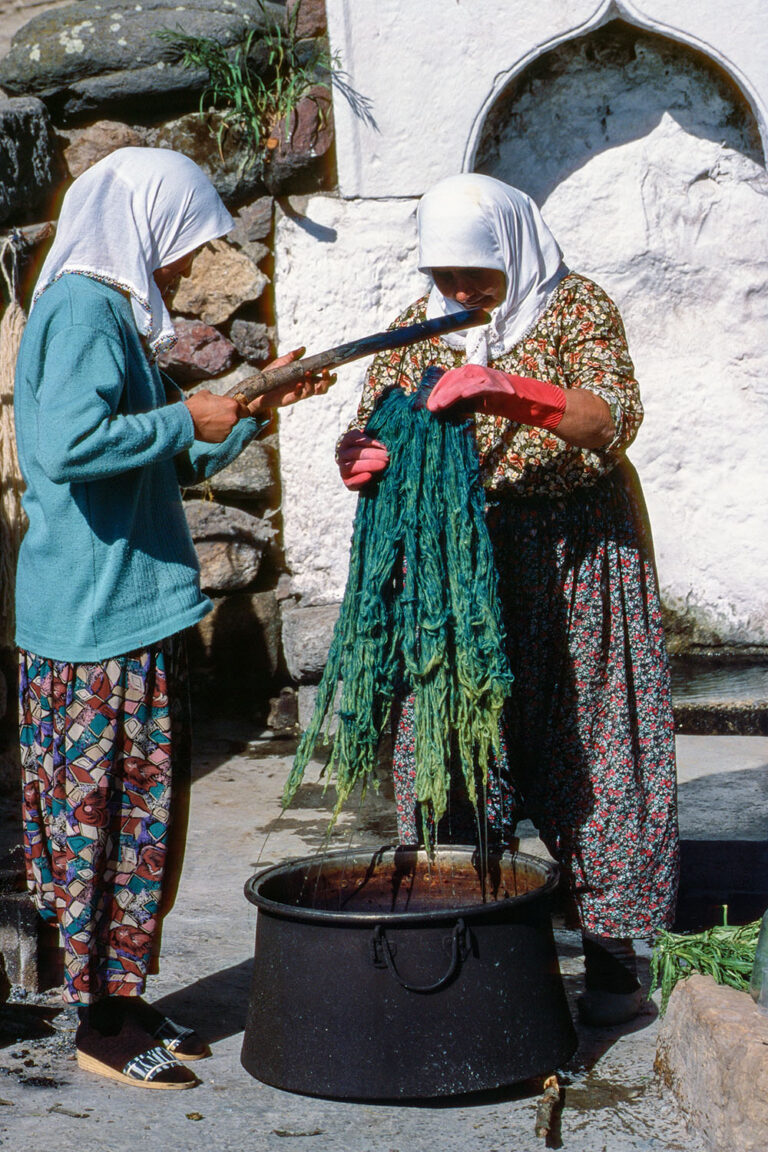
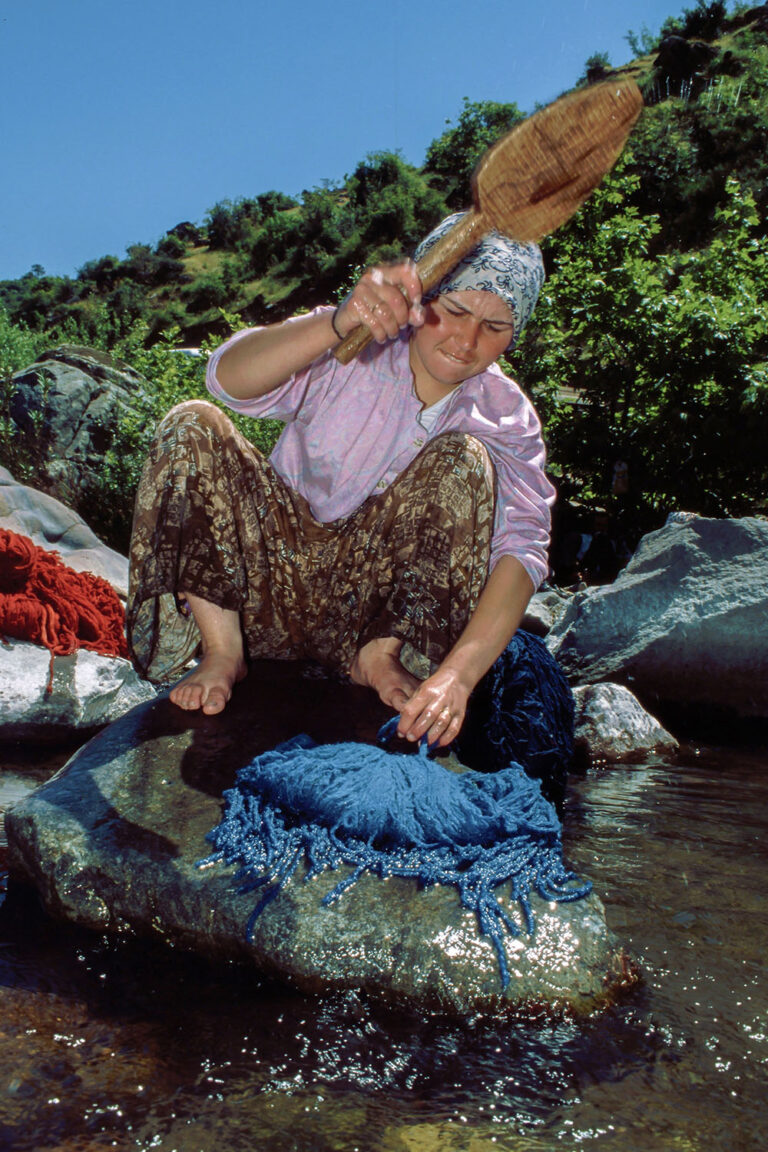
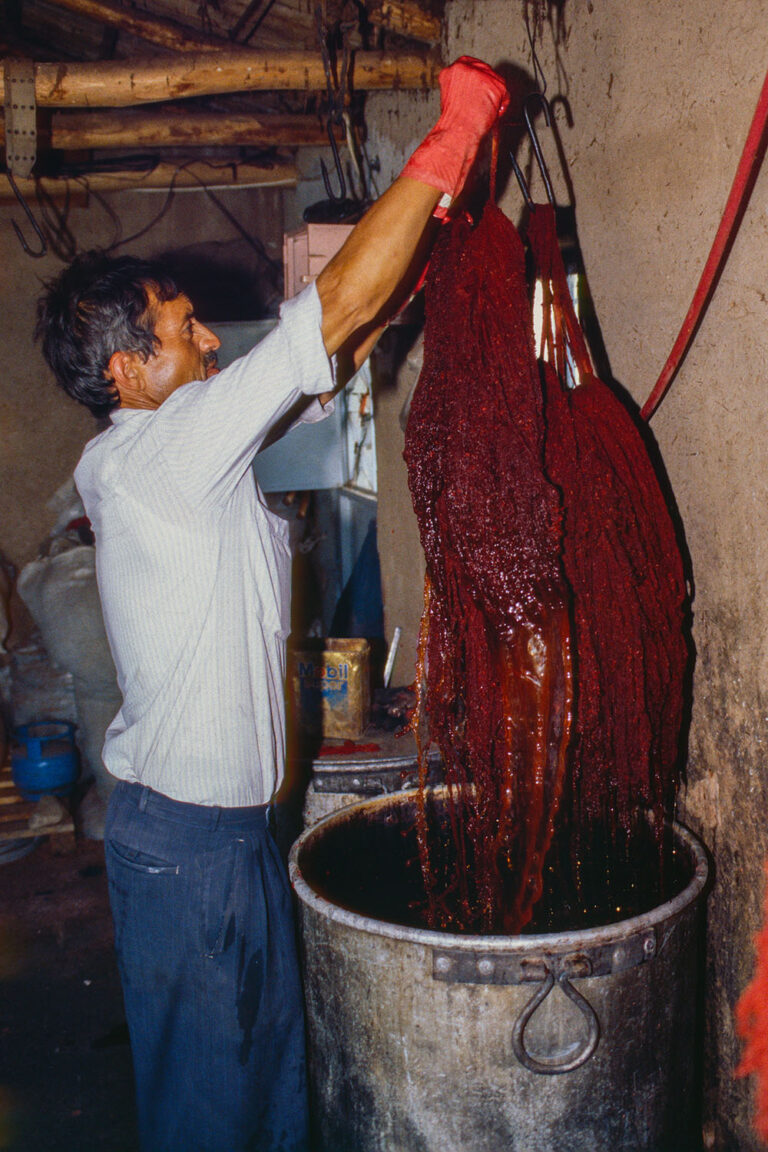
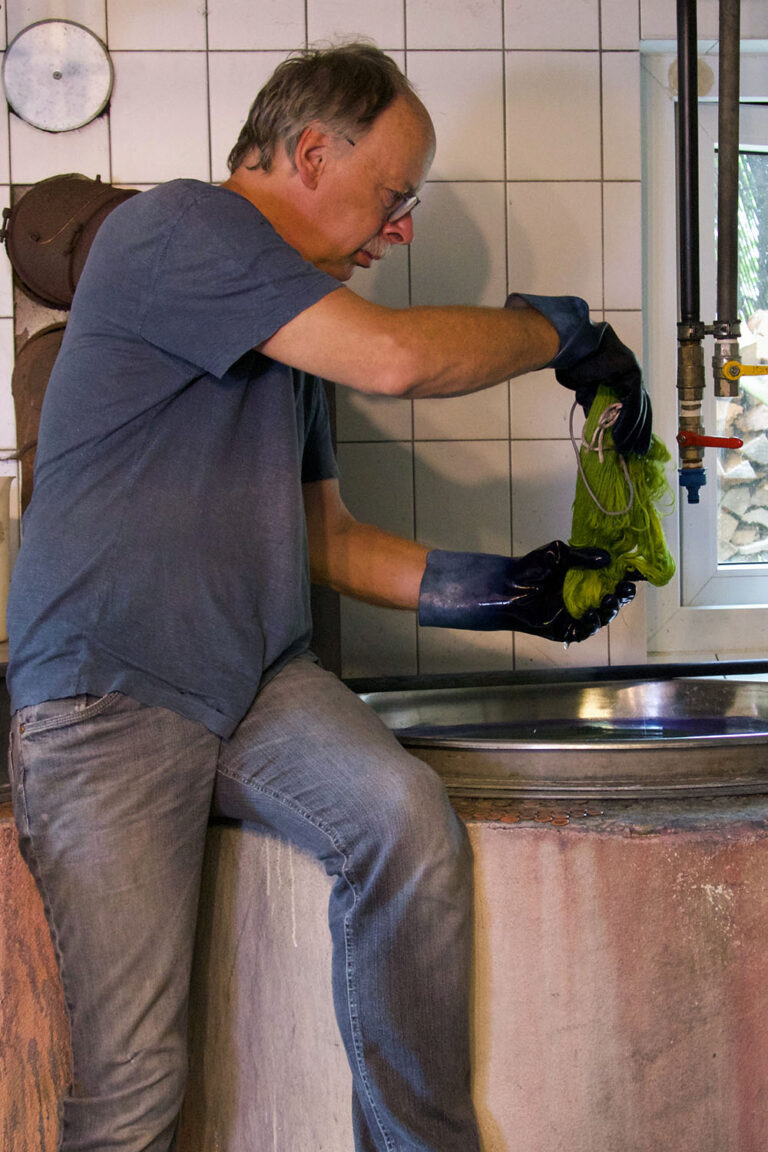
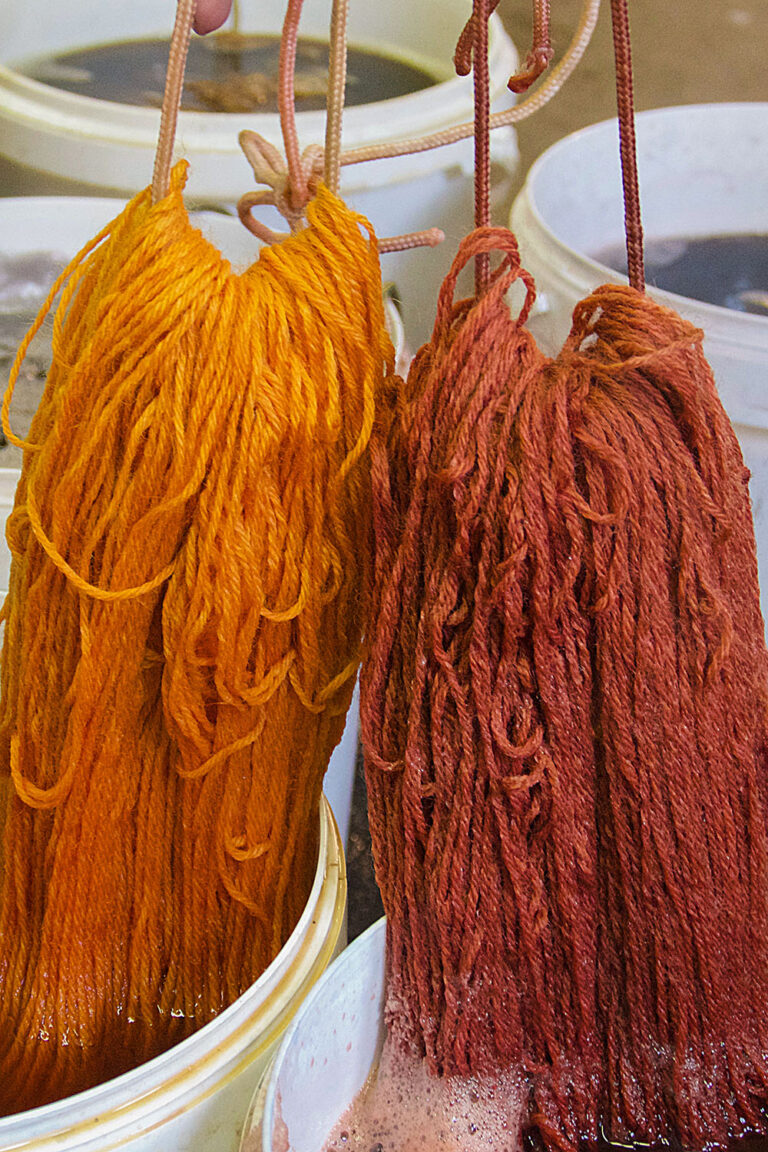
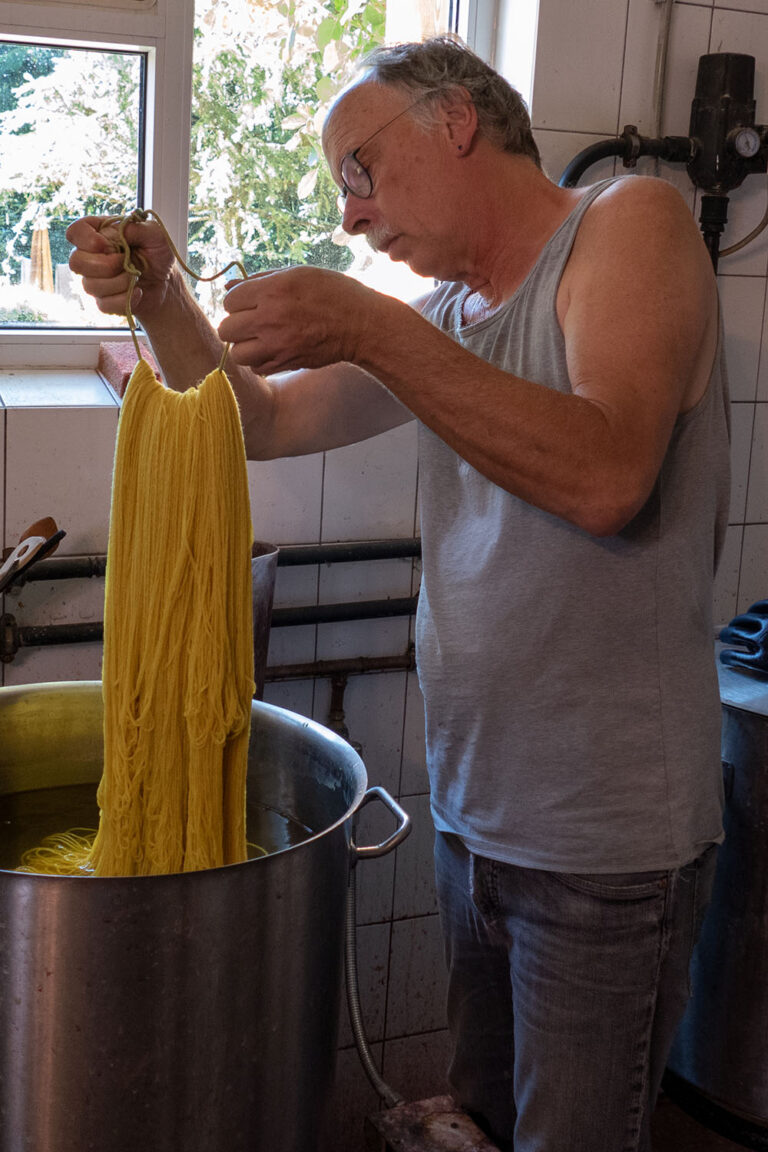
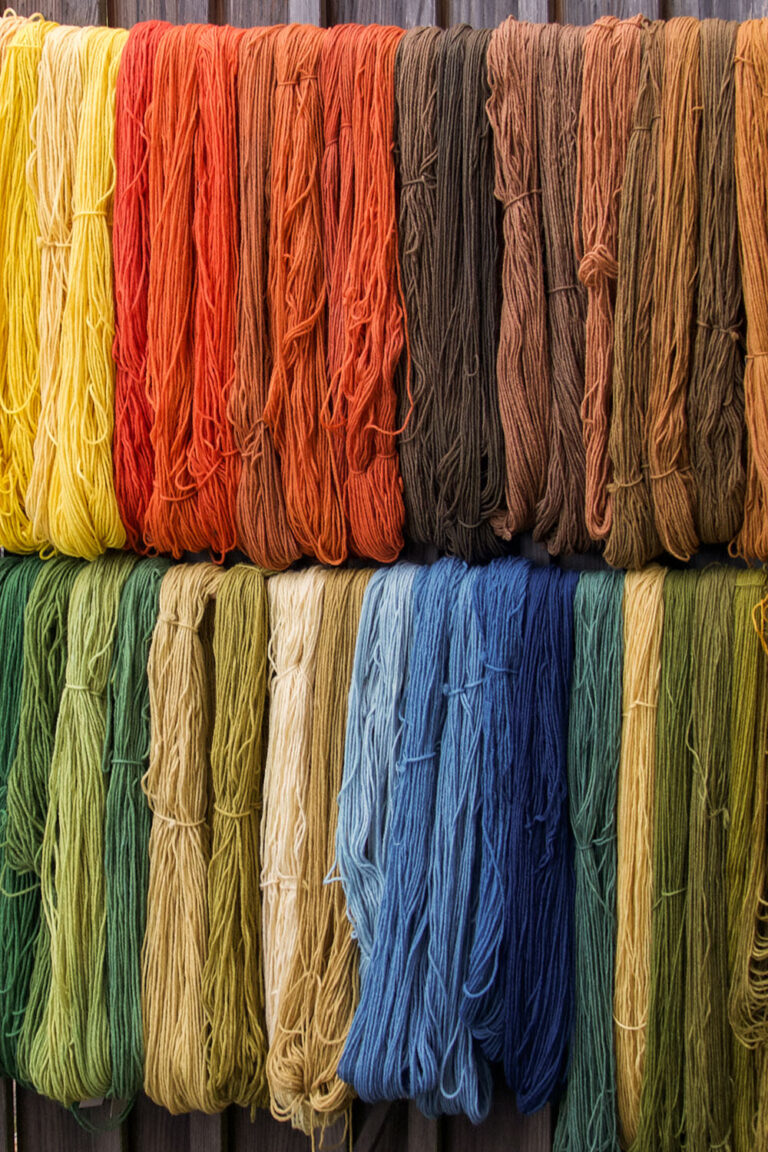
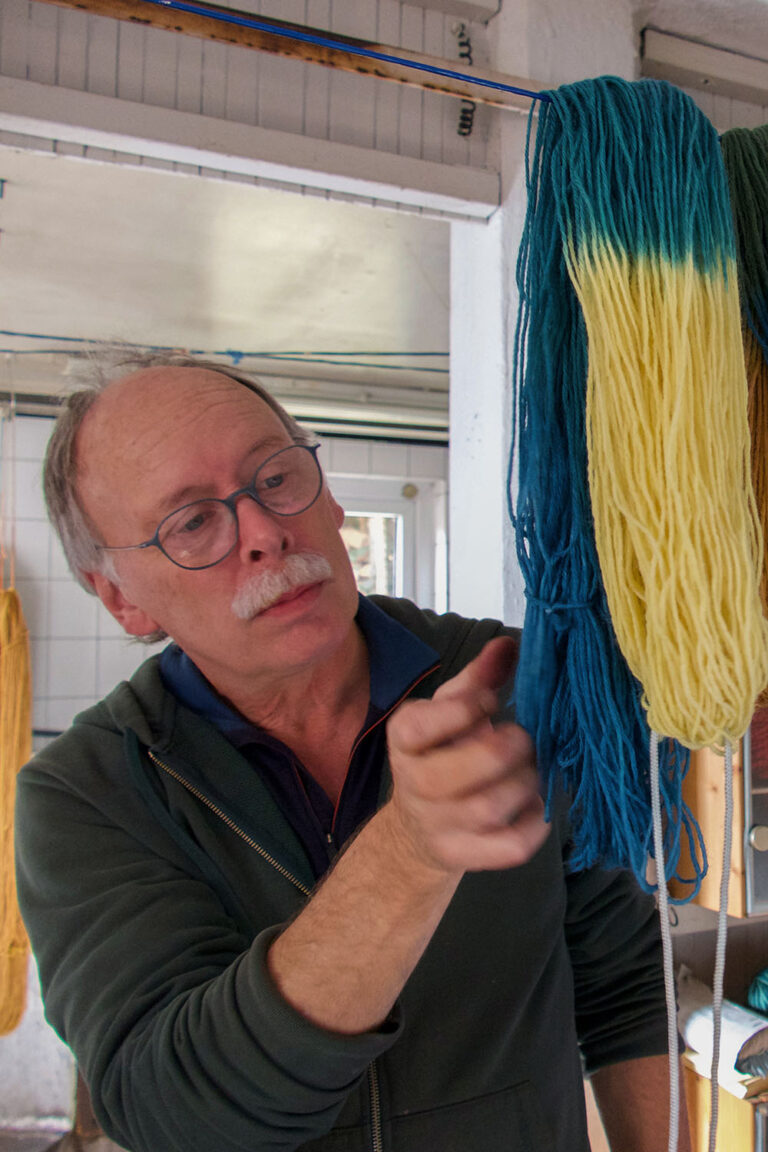
artis tinctoria in Germany
“Colour Rush” is the name of the film introducing Dieter Kaiser. He takes care that natural dyeing lives on. He has been dyeing in his workshop in southern Germany for 40 years and produces a colour palette that is second to none. He, too, uses madder from his garden for red dyeing and dyer’s weed for yellow dyeing. But he also uses cochineal lice. And he varies the dyeing brew by changing the pH value or the mordant in which the wool is pre-treated. It gets really exciting when he over-dyes the wool and dips the coloured skeins into the indigo vat.
For him, everything is handmade, he doesn’t like to work with big machines to always have enough influence on the dyeing process. But above all, it is important to him that natural dyeing is an ecological way of producing colour. He knows that natural dyes cannot replace synthetic dyes today, but still he sees many more uses for them. And he wants the old craft to be preserved and passed on.
Both films are approx. 20 minutes long. There is a German and an English version available. The films are separate, they can be watched individually, but it is best to watch them one after the other as they complement each other very well.
There is a DVD and a BluRay available containing both films. For private viewing, they can be ordered directly from this website. But the films can also be watched online in high quality as Video on Demand. You will find the link below.
For public screenings and events, in cinemas or other venues, we are happy to lend a professional DCP or BluRay. Enquiries to: order@bt-medienproduktion.de
FUNDED BY:
